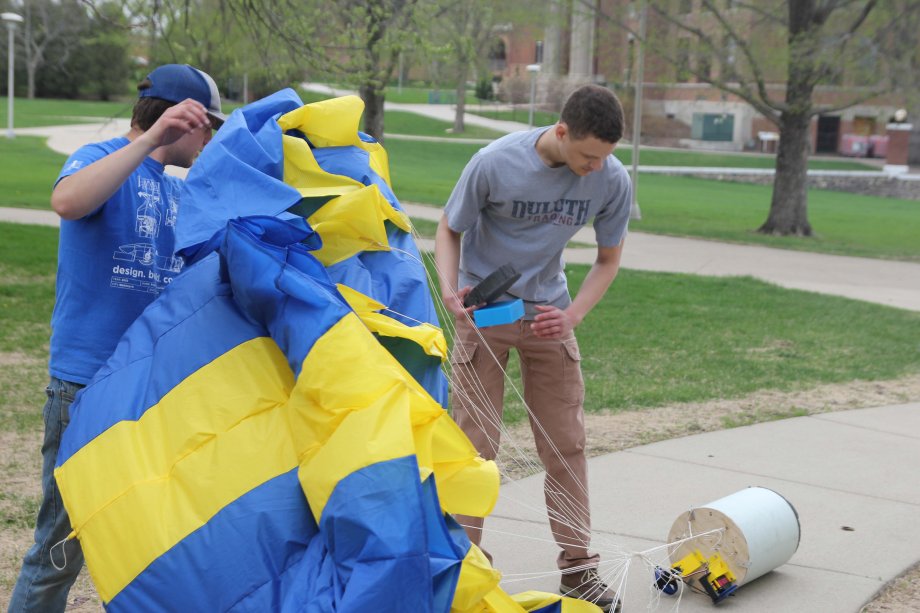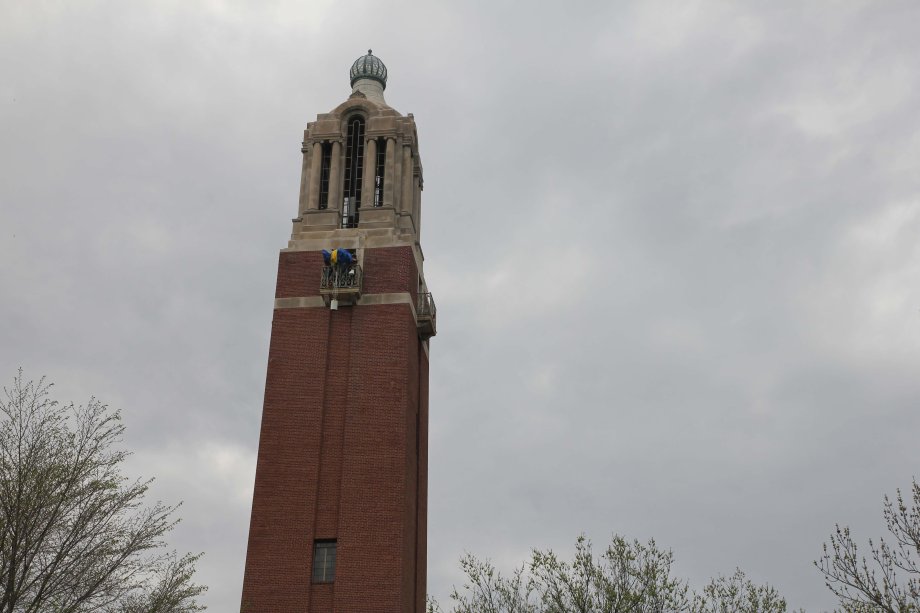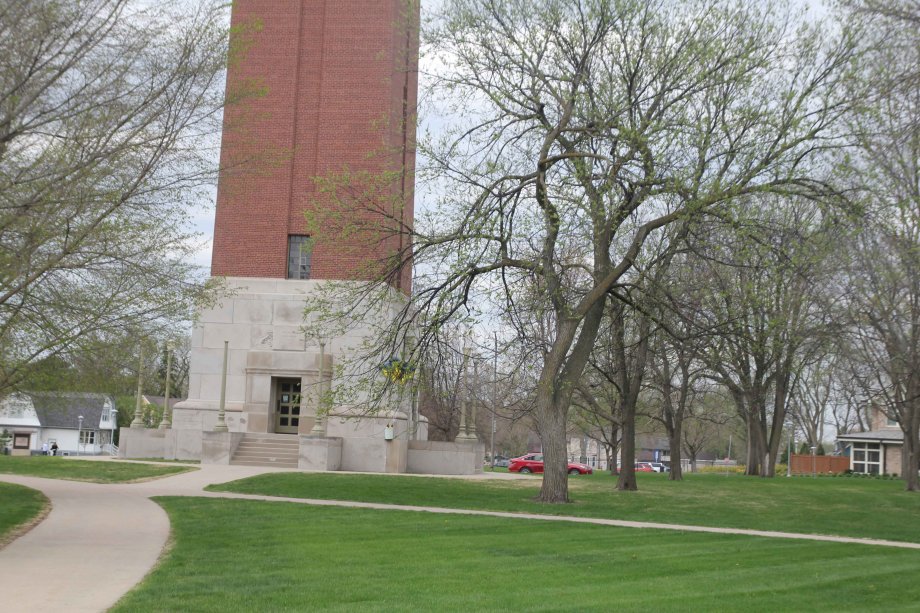
Project Jack Drop is tethering its hopes in a NASA contest to a helium-filled balloon in a remote South Dakota field.
The project is one of three entries submitted by SDSU teams that have advanced to the finals of three different NASA contests. Project Jack Drop is entered in NASA’s FLOATing DRAGON Challenge. That’s NASA’s simplified title for the Formulate, Lift, Observe, And Testing; Data Recovery And Guided On-board Node (FLOATing DRAGON) Balloon Challenge.
FLOATing DRAGON finalists
• South Dakota State University
• University of California-Davis
• Notre Dame
• Princeton
• Purdue
• University of Texas
If you think that is complicated, try autonomously detaching a 1-kilogram (2.2-pound) data recovery vault from a large balloon 120,000 feet in the stratosphere and safely steering that 3- by 4-inch box back to a designated landing spot undamaged. That’s what NASA is asking of the SDSU team and five other finalists from around the nation.
Six mechanical engineering students started working on Project Jack Drop at the start of school in late August. Conceptual designs were due Jan. 8. Notification of finalists was Jan. 30. The finalists were sent their $5,000 project stipend Feb. 9. Software design review is May 18. Mission readiness review is July 2. Testing is Aug. 15 at Fort Sumner, New Mexico.
Since being named a finalist, the team has been ordering supplies to turn their concept into a contraption and then seeing if their idea can fly, or at least float.
If at first you don’t succeed …
The students have been learning that the test of a good engineer is not only study and preparation, but also perseverance. The initial test of Project Jack Drop closely resembled a lead balloon. A parasail was supposed to open when the 18-inch, cylinder-shaped container was dropped from the 165-foot Coughlin Campanile May 10. That didn’t happen.
But, as team member Brayden Crawford said, “At least it didn’t break into a billion pieces.”
Project adviser Todd Letcher said, “The test didn’t go as well as we hoped it would, but everybody came together overnight to solve come of the things we saw yesterday. The problem is pretty much everyone is going their separate directions” to start their next chapter in life. Consequently, they will meet via Zoom on Tuesday nights and meet in person on Saturdays.
Future drops will be from a to be determined pasture, where the container will be sent up 400 feet in the air via a tethered balloon and then released. The team will be able to repeat the testing multiple times and won’t have to worry about the 1-kilogram data recovery vault dropping somewhere where it shouldn’t, Letcher said.
The first test of the balloon-based system is tentatively set for May 27.
Other lessons learned
The team also learned “that the length of the (parasail) strings and how they are attached to the rest of the system are very critical. Yesterday’s experience was an eye-opening experience for that part. We didn’t understand just how sensitive those string lengths were. Just a change of a quarter- or half-inch here or there can really affect the way the parasail performs when it is out in the open air,” Letcher explained.
He said they also discovered the need to attach miniparachutes to the corners of the 40-square-foot parasail that will catch the air and pull the parasail open.
Afterward, the students recalled that the parasail came with two miniparachutes, but those had been taken off. “We said, ‘Let’s investigate this farther.’ We will at least need to attach them and probably two more to get it to expand fully,” Letcher said.
He also said the team needs to figure out the proper way to fold and package a parasail so it is “almost guaranteed” to open like a traditional parachute does.
NASA to meet with winner in January
Sanjeev Kumar, dean of the Jerome J. Lohr College of Engineering, said, “This is what hands-on education is all about. As Thomas Edison said, ‘I have not failed. I've just found 10,000 ways that won't work.’ As a land-grant institution, we purposefully give students opportunities to try, fail and try again throughout their four-year experience.
“Consequently, when they’re producing the senior capstone project, they can design a NASA quality project and refine it into a winning NASA project.”
Flight data will be captured by NASA at the Aug. 15 testing in Fort Sumner, New Mexico, and then returned to the students Oct. 16. Teams then must submit a technical paper by Dec. 3. NASA meets with the selected finalist Jan. 8, 2024.
“What makes the FLOATing DRAGON project special is at the end, they actually want to use this (winning) system. By January (2024), NASA could incorporate into one of their balloon launches the technology we have worked on. A year from now they could very well be using one of the team’s projects to retrieve data regularly,” Letcher said.


- Contact:
- Telephone number: 605-688-4538
Republishing
You may republish SDSU News Center articles for free, online or in print. Questions? Contact us at sdsu.news@sdstate.edu or 605-688-6161.

